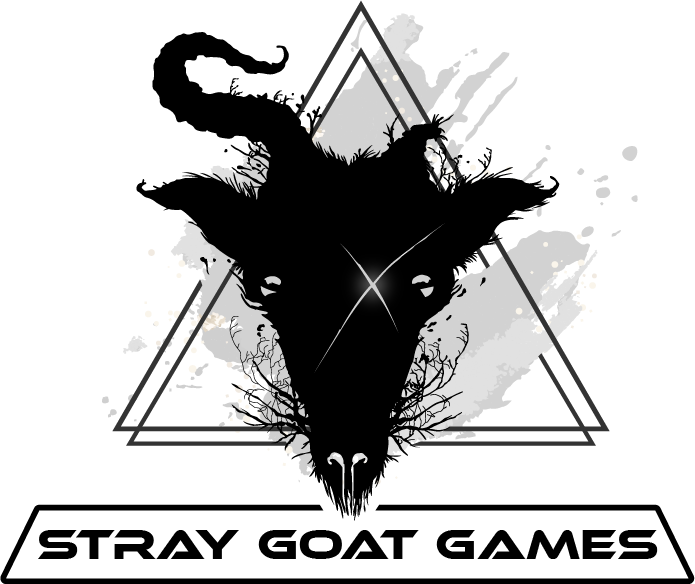Dev Update I 0.9.22
Critical Fate
One of the motivating ambitions behind Tribulation was to produce a system that would surprise, main, and abuse its heroes. Is that because I am a sadist? Not entirely. It is because those surprises often produce the most entertaining stories. Further, when players truly fear for life and limb, it elevates the excitement and engagement of every dangerous circumstance. Who wouldn’t want that?
At some point, through the many iterations of development, that ambition was compromised. Now a potential solution has presented itself. By introducing the critical fate die to Tribulation, players are now safer from instant, unceremonious death, but will more readily suffer permanent maladies outside of their control, thus encouraging them to evolve their character’s identity in unanticipated ways.
Suffer too much havoc, or too many afflictions, you will be called upon to roll a fate die. The results of which might leave you permanently marred, traumatized, or even dead. But it might also find you reinvigorated, as you brush off your afflictions and havoc, driven by some inner strength. This way, even at the cusps of complete loss, there is still hope. Learn about the critical fate die results on page 8.
Resonance update
In line with the addition of the critical fate die, the effect of resonance has been updated to allow you to reroll a fate die should you choose.
Threat and Foe Features
As a lifelong Game Master, increasing readability, reducing creation time, and improving the meaningful diversity of foes is a dream. That dream has finally become a reality. Foes no longer have many different attributes in the same way player characters do. Instead, they have a single score, called threat. This score will be used to represent all of a foe’s attributes. Further, foes are now considered skilled in all challenge types.
After creating dozens of foes for my players to face, I found that after deciding how the foes would function, their gear would most define and compliment their function. Beyond that it was a choice of how challenging I hoped them to be. Much of the work beyond that would be much like paint-by-numbers. If they have a bow, they will be skilled in bows and have high acuity. If they do a lot of moving in combat, they will be skilled at athletics and high fitness.
In place of the crunchy ranks and skill selection, foes are now distinguished with simple features that dramatically change the way they function in meaningful ways. For example, Seasoned foes do not lose their remaining actions after performing any committed actions. This means they might attack multiple times in a turn, or even disperse multiple concoctions. Untrained foes, on the other hand, are skilled in no challenges. Oracles can use these features to create their own foes quickly, or they can imagine their own features to fit the situation. Foe creation should be quicker and more engaging, while producing foes more interesting to face in combat.
More to come
I am looking forward to seeing these dramatic changes test out. Undoubtedly, more foe features will become obvious, and some existing features might require adjustments. Such is the nature of playtesting. If you have any suggestions or feedback, or you are interested in playtesting, feel free to contact me.
Thanks for playing!

